Looking at frequently banned lists makes me nostalgic, like I’m seeing old friends. As a teenager, I speed-read Judy Blume’s Forever as I hid from my grandpa at the Rockford, Illinois Public Library. My mom brought me to the public library in Mason, Michigan every Saturday, where I checked out Christopher Pike and Sweet Valley High, falling in line with the mid-eighties horror and romance movement. Even then, I was reading banned books.
This experience leads me to wonder: what are some current banned YA books that help our students feel seen, heard, and understood?
A book about sexual assault: Speak by Laurie Halse Anderson
|
It’s not surprising that Speak–finalist for the National Book award, winner of a Printz honor–persists as a bestselling, high-interest book. It’s also a frequently-challenged book. In fact, by 2020, Speak was the “fourth most banned and challenged book in the United States ‘because it was thought to contain a political viewpoint and was claimed to be biased against male students, and for the novel’s inclusion of rape and profanity.’”
Some readers connect with Melinda due to her social problems; what high-schooler doesn’t feel, at some point, like the world is against them, that their parents don’t understand them, that they have no friends and that their teachers are clueless? Other readers connect with Melinda on an even deeper, more personal level: she has been sexually assaulted, and no one knows. Melinda is not alone: one in every six women will be victimized by sexual violence. As a survivor of sexual assault, I found myself frustrated, yet vindicated by Melinda’s situation. I understood all too well why she wasn’t telling her parents, why her parents failed to notice what was wrong, and how the school didn’t provide proper support. While my situation was not exactly the same as Melinda’s, reading Speak coincided with my decision to seek the help of a therapist 25 years after my own assault. Speak saved my life. It allowed me to grieve what was lost and move forward with joy. |
A book about LGBTQ lives: Two Boys Kissing by David Levithan
Responding creatively to concerns that the cover could deter closeted LGBTQ youth from buying or borrowing the book, Levithan says: “Even for the kids who don’t feel comfortable taking it out of the library or buying it in the bookstore yet, they know they are there. They know they are represented…you know that there is a part of you that belongs there, and is accepted.”
A book about young love and brutal abuse: Out of Darkness by Ashley Hope Perez
|
In this Printz Honor book told from multiple perspectives, Perez describes East Texas in 1937, when the town revolves around the oil industry, school resources are directed toward white kids, and racial lines are rarely crossed. Even with such division, Mexican American Naomi Vargas and African American Wash Fuller fall deeply in love. While Wash has a supportive family, Naomi faces sexual abuse at the hands of her stepfather and also serves as the main caregiver for her twin siblings. When a natural gas leak causes the third-deadliest disaster in Texas’s history, townspeople are looking for someone to blame, with tragic consequences.
Out of Darkness is honest and graphic, and portrays a star-crossed love story that many readers cannot shake. In describing Wash and Naomi’s love, Perez describes the kind of love that our young readers long for themselves. It also holds readers to difficult historical truths which, despite their value, some readers may find troubling. It employs a historically accurate vernacular which has been famously challenged and then circulated on TikTok. Perez has responded to critics and continues to advocate for the right to read this noteworthy book. |
A book about the forgotten: Monday’s Not Coming by Tiffany D. Jackson
|
Jackson is a master of suspenseful, turn-on-a-dime plots featuring believable–but unreliable–narrators. In Monday’s Not Coming, Claudia searches in vain for her best friend, Monday Charles. She needs Monday so that she can face bullies and a learning disability, but Monday is nowhere to be found. Readers learn that Monday lives in gentrification-challenged, project housing and has an abusive mother. Despite Claudia’s persistent questions, her parents, teachers, and friends cannot tell her where Monday is. In fact, they cannot even remember when they last saw her. Eventually we learn that Monday has been murdered and stashed in a freezer. When Claudia learns of Monday’s fate, her understanding of events becomes fuzzy and her narration breaks down, leaving readers shocked and confused, but still engaged. After all, regardless of sequencing and details, main truths persist: Monday was Black. Monday was a girl. She lived in the projects and was loved by Claudia. She was brutally murdered and hidden, but no one seemed to even notice she was gone. Monday was forgotten. Monday’s Not Coming has been challenged by parents calling it “dirty” and saying that its depiction of abuse makes them “uncomfortable.” Yet Jackson does not desire comfortable stories. The purpose of this story is to shake us up, to bring cognitive dissonance, to motivate us to do something. Monday’s Not Coming narrates the “disproporionate media attention on missing white girls and women.” Those being “triggered” by the book have the privilege of being triggered by the book rather than actual events in their own lives–all the more reason why we must read books about the forgotten, lest we forget. |
|
All American Boys has been banned for its apparent profanity, drug use, alcoholism, anti-police views, and divisive content. In fact, in 2020, it was in the third position on the American Library Association’s list of most commonly challenged books in the U.S. This text speaks to current issues, however, and has also won critical recognition, having received a 2016 Coretta Scott King Author Honor, a Walter Dean Myers Award for Outstanding Children’s Literature, and the 2016 Walden.
In this book, a young, gifted, and black young 16-year-old, Rashad, is mistaken for a shoplifter and is brutally beaten by a white cop. The beating is witnessed by several members of Rashad’s community and is also recorded on a video camera, and one witness–in particular, a white, male athlete named Quinn–must decide which side he’ll take. On one side is the cop who has been his father figure his entire life, and who is also guilty of police brutality. On the other hand is his classmate Rashad, who must begin to put his life back together. As Rashad’s and Quinn’s stories are told in tandem by Kiely and Reynolds, readers must take sides, just as the characters do. Such positioning brings representation: there are those who experience racism, those who may wish to take action, and those who are immobilized by apathy. This book is a welcome challenge to the apathy we witness regarding racial justice. Beyond being a current, relevant text, and one that encourages stance-taking, this text is rich with opportunities for discussion. It can also be supplemented with op-eds, media clips, and activities that mobilize. Given the hate crimes that have plagued our nation, we must help students relate to the injustices of their peers, discuss their part in systemic racism, consider positive solutions, and take action in ways that bring meaningful social change. |
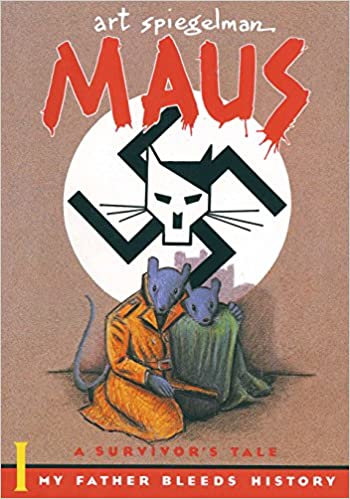
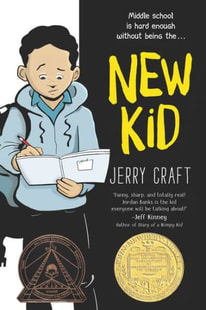

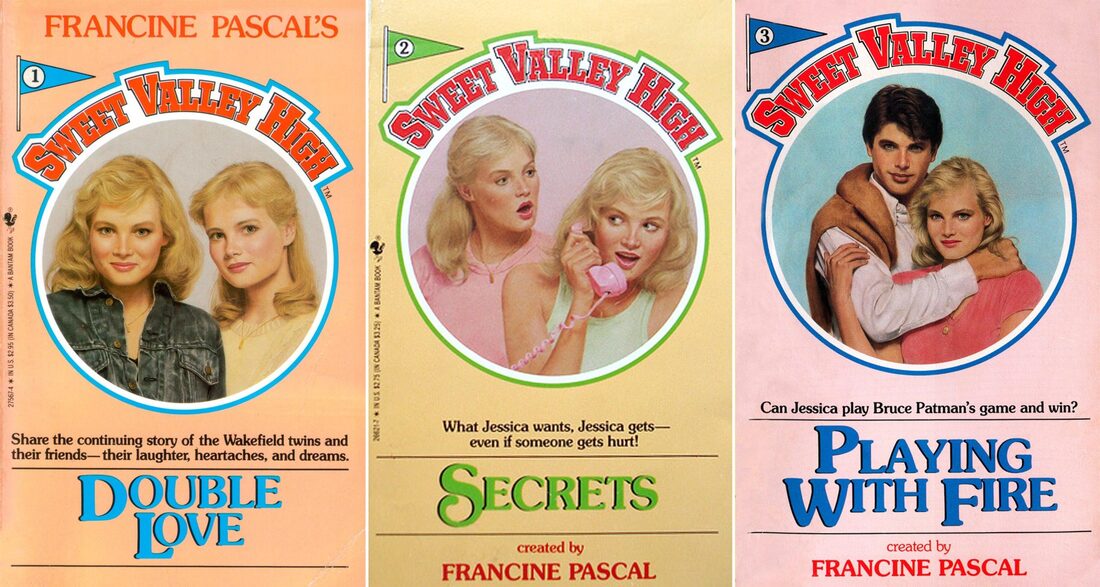


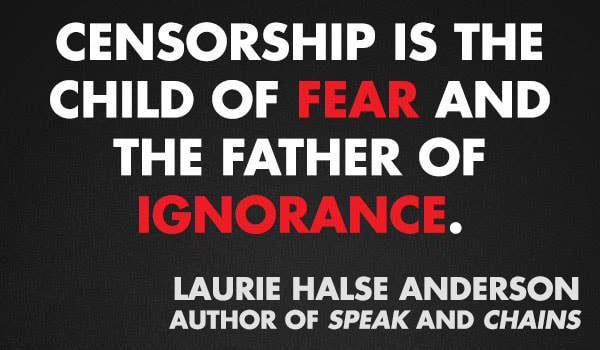


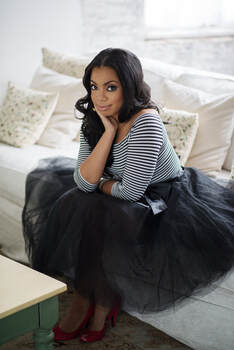




 RSS Feed
RSS Feed